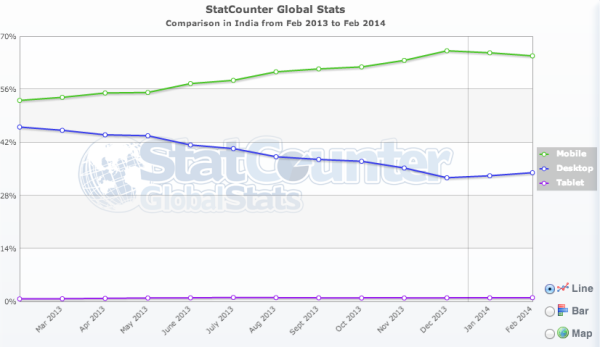Most people skim articles until they find something that catches them. You could use a gimmick to grab people’s attention, but the best way to get your readers to read your entire post is to create high quality content with proof to back it up. Case studies are one easy method to get into a topic while providing your readers with quality information. They are also one of the most favorable forms of content on the internet and wonderful “social link bait” or quality links.
Creating a case study should be easy if you can write high quality content. By adding reasearch and data, you can make a superb case study.
All case studies are unique. Your experience on a given topic and the amount of time you allocate for creating content make every study different. You will have to experiment, but the more time you put in will probably decide how good your content will be. You’ll need to do a lot of reasearch so that you can disect whatever the topic is well enough for your readers to understand. True quality content takes a lot of effort and time to make something the majority of a demographic will be interested in.
Case studies have a lot of benefits, including increased website traffic, brand recognition, social link bait, networking and overall site improvement.
Out of the many benefits of creating high level content, especially case studies, one of the best is the creation of social link bait. Social link bate is “any content of feature within a website designed specifically to gain attention or encourage others to link to the website.”
Social media has become ingrained in the lives of millions. This has lead many away from Google and SEO over the past ten years. This is why link building is essential. “People will start caring less about links in future years because social popularity will become the new link popularity.” (Point Blank) Google and Bing have even started including social media information in their searches. It also seems logical that Google will put in place a “social rank” system to compliment the “page rank” system many are unhappy with. With these changes, more professionals have seen the divide between research and data-driven results.
Social link bait is similar to regular link bait except it is shared by more websites. Social media is the most common platform for our demographics to share link bait.
To create social link bait, remember that it must be “socially sharable.” You can use sites like ThingLink for image optimization. It even includes a way to include links in your images.
Articles are simple and classic, but content can be made other ways. Why not try out a case study and try to make some social link bait? Money isn’t needed to make viral content and trying these methods might be a great start.
Gregory Smith writes for Search Engine Journal.




